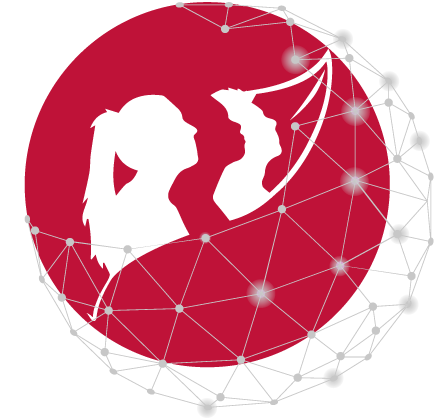The Modeling, Characterization and Control of Electromagnetic Wave Exposure Chair was created in 2015. It brings together researchers from Télécom Paris and IMT Atlantique and is supported by the Agence Nationale des Fréquences (National Frequency Agency). This is an area with high societal impact.
The research work carried out will contribute to the characterization, analysis and modeling of electromagnetic wave exposure generated by telecommunications systems and networks. Research results will inform the standardization process in this field.
Societal aspects such as risk perception will be examined from several viewpoints, across several disciplines: technology, sociology, philosophy.
Research themes
- Digital and experimental dosimetry
- Statistical modeling of exposure, stochastic dosimetry
- Influence of network technology and architecture on exposure
- Standardization of exposure assessment models
- Parameters governing the social perception of risk
3 questions to Joe Wiart, professor at Télécom Paris and chair holder.
Objectives
- Developing and adapting high-performance digital methods and computing tools for digital dosimetry
- Developing tools to create digital models of human beings via medical imaging
- Developing and adapting statistical methods for stochastic dosimetry and taking into account how usage varies and changes over time. Building simplified models using statistical methods
- Developing and adapting hybrid enhanced measurement methods for dosimetry (digital-experimental methods)
- Developing methodsfor the characterization of overall exposure in a given population
- Examining the influence of network architecture and technology on a population’s exposure. Studying the systems and architecture that enable the population’s exposure to be optimized
- Analyzing the parameters that influence exposure generated by a communication device located near an individual. Examining the Influence of technology and antenna design on exposure
- Developing and adapting experimental methods for dosimetry
- Proposing methods suitable for certification
- Studying the social perception of exposure generated by wireless technology
